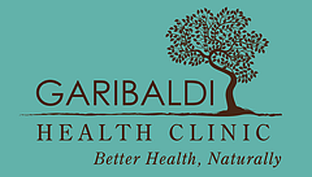Acupuncture
Only a few decades ago acupuncture was an exotic treatment little known in Canada outside the Chinese community. Today, acupuncture is joining the medical mainstream.
The reason is obvious: acupuncture works, ameliorating a broad range of medical conditions from migraines to muscle cramps.
Effective as it is, however, it’s worth remembering that acupuncture was developed, not as a stand-alone therapy, but as part of a sophisticated system of medical practice that goes back at least 2,000 years in China.
It is a system based ultimately on philosophy rather than science. In the Chinese tradition, all of the natural world – of which we humans are inseparably a part – is organized around two opposite but complementary principles, the Yin and the Yang. The key to harmony in the world and health in the body is maintaining a balance between Yin and Yang.
Easier said than done. Just as nothing is static in nature, our bodies are subject to any number of different forces – viruses, stress, fatigue, age, even the weather – that can upset the balance and cause illness. The strategy of Chinese medicine is to restore harmony through the use of herbal remedies, exercise, diet, massage, breath control and, of course, acupuncture.
So how does acupuncture work? Chinese medicine recognizes a network of 12 pathways in the body called channels, along which three vital elements flow. These are moisture, blood and Qi (pronounced chee), a form of energy that gives us the capacity to move, think and feel.
Wherever these channels come close to the surface, there are small depressions in the skin called acupuncture points. A thin, sterile steel needle inserted here has the effect of stimulating the flow of Qi, thus invigorating the function of muscles, nerves, blood vessels, glands and organs.
The channels and their points are specific to different functioning parts of the body – lungs, heart, liver, large and small intestines and so forth. If the patient has a problem in the lungs, for example, the trained practitioner knows precisely which acupuncture points to go to.
In traditional Chinese medicine, this treatment would be administered as part of an overall assessment of health, arrived at primarily through a reading of the pulse and examination of the tongue for colour and the pattern of cracks between the taste buds.
If this sounds bizarre and, frankly, unscientific, remember – it was Chinese medicine, not our western tradition that discovered acupuncture. And as more and more patients are finding, the relatively painless insertion of a few needles can often be just as effective as modern drugs and therapies.
©Dr.Ashely Gordon, 2004.

